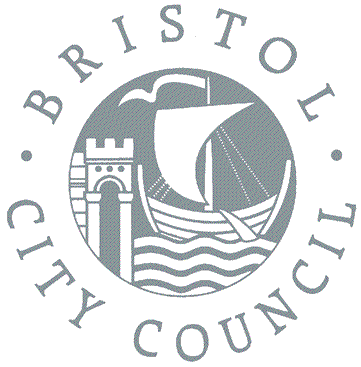Royal Fort, St Michael’s Hill, Part 2
In the autumn of 2009 archaeological investigations continued on University land off Tyndall Avenue, St Michael’s Hill, Bristol. Demolition of the University Physics Department workshop and an Intensive Care Unit of the Children’s Hospital extended the area available for excavation.
The second stage of the fieldwork has now fully exposed archaeological features and deposits within part of the ditch of the purpose-built Civil War citadel known as the Royal Fort, located in the spring of 2009. The remains of a possible barrack block and subterranean gunpowder magazine of the fort were recorded.
Deposits and features representing the use of the hillside following the Fort’s decomissioning were also revealed including part of the footings of a late 17th-century building known as Garaway’s House truncated by a previously unknown Ice House, associated with Thomas Tyndall’s estate of the 1760s.
The full character, extent and overall state-of-preservation of Fort remains on the application site are now known. Given the archaeological importance of the site in national terms the City Archaeologist has requested the preservation by record of the Fort ditch and the preservation in-situ of structural features of the Fort and the Ice House.

The Royal Fort site from the top of the Physics building. The powder magazine is left with the barrack block centre. Ivy Gate is enclosed by hoarding.
Tags: bristol, civil war, fort, post-medieval, powder magazine
- Categories
- Events
Excavations
Finds
Survey
BaRAS is registered as an organisation with the Chartered Institute for Archaeologists
All material © copyright BaRAS 2004 – 2016




